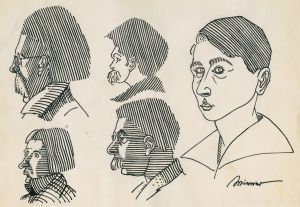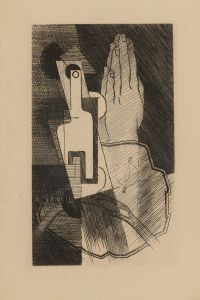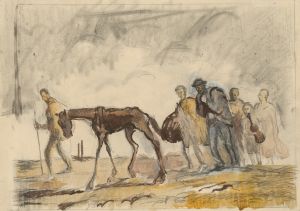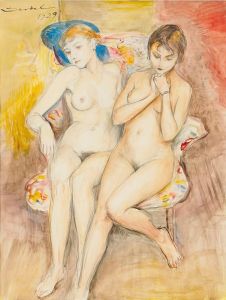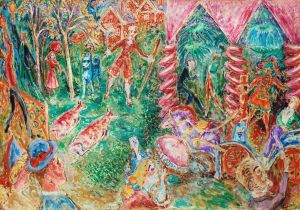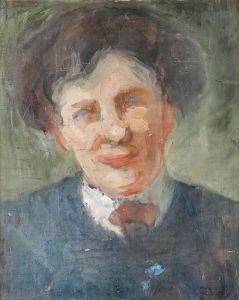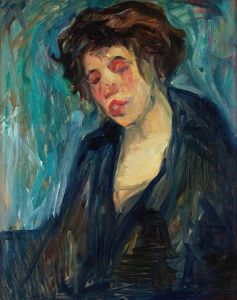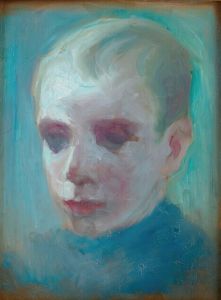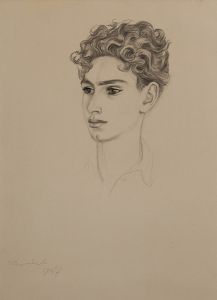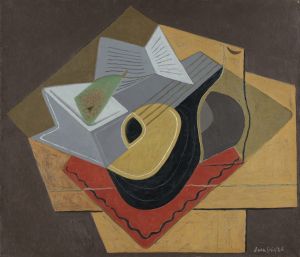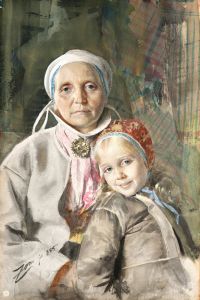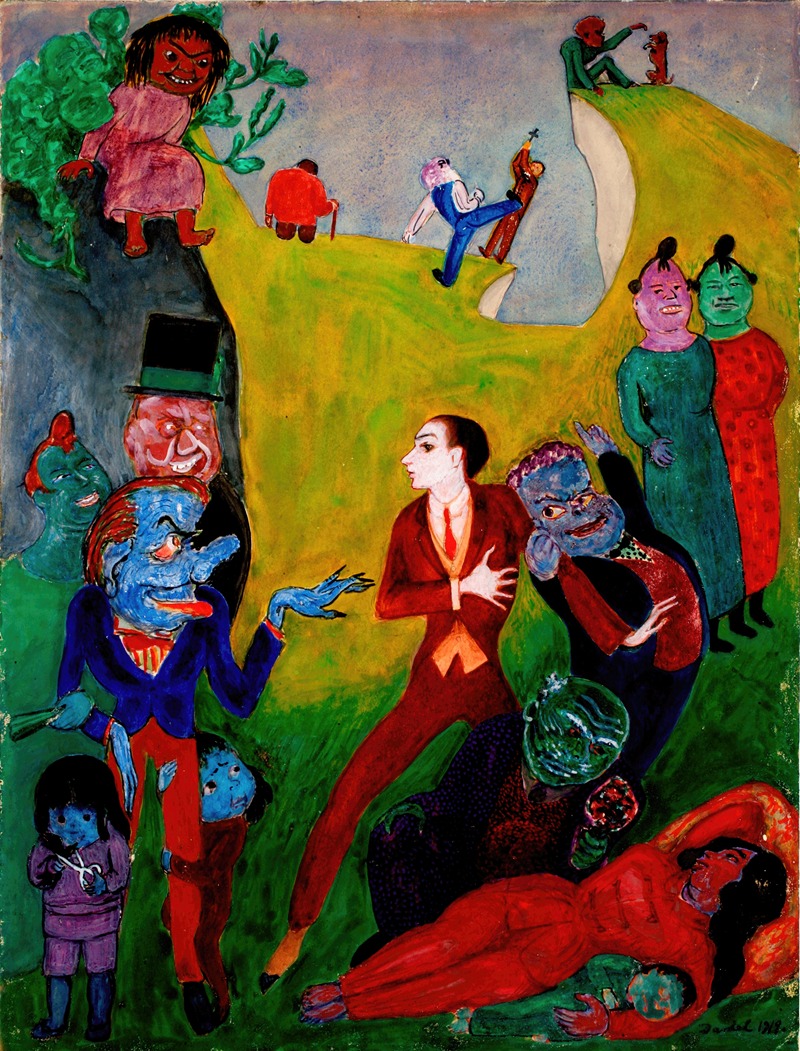
Utan pardon
A hand-painted replica of Nils Dardel’s masterpiece Utan pardon, meticulously crafted by professional artists to capture the true essence of the original. Each piece is created with museum-quality canvas and rare mineral pigments, carefully painted by experienced artists with delicate brushstrokes and rich, layered colors to perfectly recreate the texture of the original artwork. Unlike machine-printed reproductions, this hand-painted version brings the painting to life, infused with the artist’s emotions and skill in every stroke. Whether for personal collection or home decoration, it instantly elevates the artistic atmosphere of any space.
Nils Dardel (1888-1943) was a Swedish painter known for his distinctive style that combined elements of modernism with a whimsical, narrative approach. One of his notable works is "Utan pardon" (Without Mercy), painted in 1918. This painting is a striking example of Dardel's unique artistic vision and his ability to convey complex emotions and narratives through his art.
"Utan pardon" depicts a dramatic and somewhat surreal scene. The central figure in the painting is a man who appears to be in a state of distress or agony, surrounded by a chaotic and turbulent environment. The use of bold colors and dynamic composition adds to the intensity of the scene, creating a sense of urgency and emotional turmoil. Dardel's brushwork is expressive, and his use of color is both vivid and symbolic, contributing to the overall impact of the painting.
The painting reflects Dardel's interest in exploring themes of human suffering, existential angst, and the darker aspects of the human psyche. It is also indicative of the broader artistic movements of the early 20th century, which often sought to break away from traditional forms and explore new ways of expressing the complexities of modern life. Dardel's work is often associated with the Symbolist and Expressionist movements, which were characterized by their focus on emotion, symbolism, and the inner experiences of individuals.
"Utan pardon" is part of Dardel's broader body of work, which includes a variety of portraits, landscapes, and narrative scenes. His paintings often feature a blend of reality and fantasy, with a keen attention to detail and a strong sense of storytelling. Dardel's ability to capture the essence of his subjects and convey deep emotional resonance has earned him a lasting place in the history of Swedish art.
Throughout his career, Nils Dardel was influenced by his travels and the various cultural and artistic environments he encountered. He spent time in Paris, where he was exposed to the avant-garde art scene and developed relationships with other artists and intellectuals. This exposure to different artistic styles and ideas helped shape his own unique approach to painting.
Dardel's work, including "Utan pardon," continues to be celebrated for its originality and emotional depth. His paintings are held in high regard by art historians and collectors, and they are featured in various museums and galleries around the world. "Utan pardon" stands out as a powerful example of Dardel's ability to convey the complexities of the human condition through his art, making it a significant piece in his oeuvre and in the broader context of early 20th-century art.






